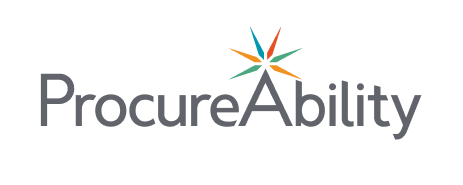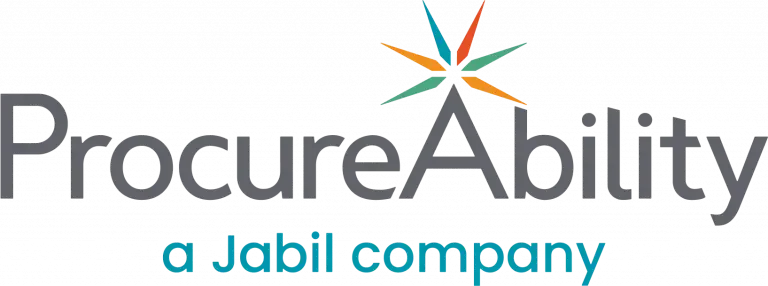As the global marketplace continues to evolve, the procurement industry is forced to adapt at a rapid pace. Procurement leaders must be vigilant in keeping up with the latest trends and best practices, not only to stay ahead of the curve but also to maintain their competitive edge.
Procurement continues to go through a transformative evolution as it delivers greater value for the organization and earns a strategic seat at the table. A Procurement Strategic Roadmap is an essential starting point to outline an effective approach and guide the efforts of a department’s process improvement efforts—while remaining relevant and providing value to the stakeholders to whom it serves.
In this critical effort, they are finding that a procurement transformation sets them up for success. Such projects redefine and optimize procurement processes to drive greater value and efficiency, while also contributing to topline growth. When done correctly, a procurement transformation improves the effectiveness of procurement operations by switching the mindset of procurement leaders and stakeholders from tactical to strategic.
Measurable Results
One of the key benefits of a procurement transformation is the cost savings that come from implementing best practices to help organizations negotiate better contracts, optimize spend management and reduce supply chain risk.
Another benefit is increased efficiency: through streamlining processes and automating manual tasks with innovative technology, organizations can improve data accuracy and reduce errors across their supply chain.
Undergoing a procurement transformation can also help organizations stay competitive by improving their agility and enabling them to adapt to changing marketing conditions. The most successful transformations leverage data analytics and technology solutions such as artificial intelligence, machine learning, source-to-pay and spend analytics tools and supplier data to gain deeper insights into their supply chain, while also establishing up-to-date benchmarks and KPIs that help them to make informed decisions.
Although the benefits of a procurement transformation are invaluable, the process can be a complex and challenging undertaking. Most organizations don’t even know where to begin. Whether the objective is to optimize cost savings or enhance supplier relationships, procurement leaders must ensure they are taking the necessary steps to safeguard both their current and future state. But order is everything, and initiatives taken out of turn can diminish the transformation’s effectiveness.
By partnering with outside resources, procurement leaders can benefit from receiving a “strategic road map” focused on identifying key areas of opportunity, prioritizing investments to be made, and equipping leaders with the resources they need to navigate the various challenges that might arise during the process.
Elements for Success
Although there is no “one-size-fits-all approach” to undergoing a successful transformation, key elements often include:
 Organizational Design
Organizational Design
During a procurement transformation, it is essential that the right organizational structure, stakeholder roles, processes and even culture support the strategic objectives and goals of the transformation.
 Process improvement
Process improvement
One key aspect of a procurement transformation is that the procurement process is reengineered to focus on optimizing category management, strategic procurement, and supplier management.
 Technology Implementation
Technology Implementation
To successfully improve processes, a procurement transformation plan will need to leverage technology to streamline and automate key procurement activities including supplier identification, contract management and spend analysis.
 Change Management
Change Management
Stakeholders impacted by the procurement transformation need to be ready and willing to implement changes. Effective change management can be achieved through timely communication, training, and adoption strategies.
 KPIs and Benchmarking
KPIs and Benchmarking
To understand the effectiveness and ROI of a transformation, the plan includes most key processes for monitoring and evaluating progress from start to finish. This includes tracking key performance indicators (KPIs) such as on-time delivery, maverick spend reduction, supplier diversity metrics, and inventory turnover.
Client Success Story: Marine Transportation
The Situation
A North American company that specializes in large-scale marine projects facing issues from their team lacking the requisite procurement skills, knowledge, and organizational buy-in for broader procurement implementation, engaged ProcureAbility to implement a procurement transformation.
Our Approach
ProcureAbility conducted an eight-week assessment, followed by a four-week change management period working closely with the organization’s stakeholders to implement a new organizational design, processes, technologies, and key benchmarks to drive and measure tangible results.
The Results
Through ProcureAbility’s efforts and expertise, the client’s savings target was surpassed, and their expectations were exceeded on the value delivered against the targeted categories.
“ProcureAbility did more for us in six months than we could have done in six years.”– Client’s Chief Operating Officer

4-week change management
These key elements won’t guarantee a successful procurement transformation alone. Ultimately an organization will need to consider partnering with experts who understand the business and can successfully implement the transformation in the context of each organization and the specific challenges and opportunities they face.




